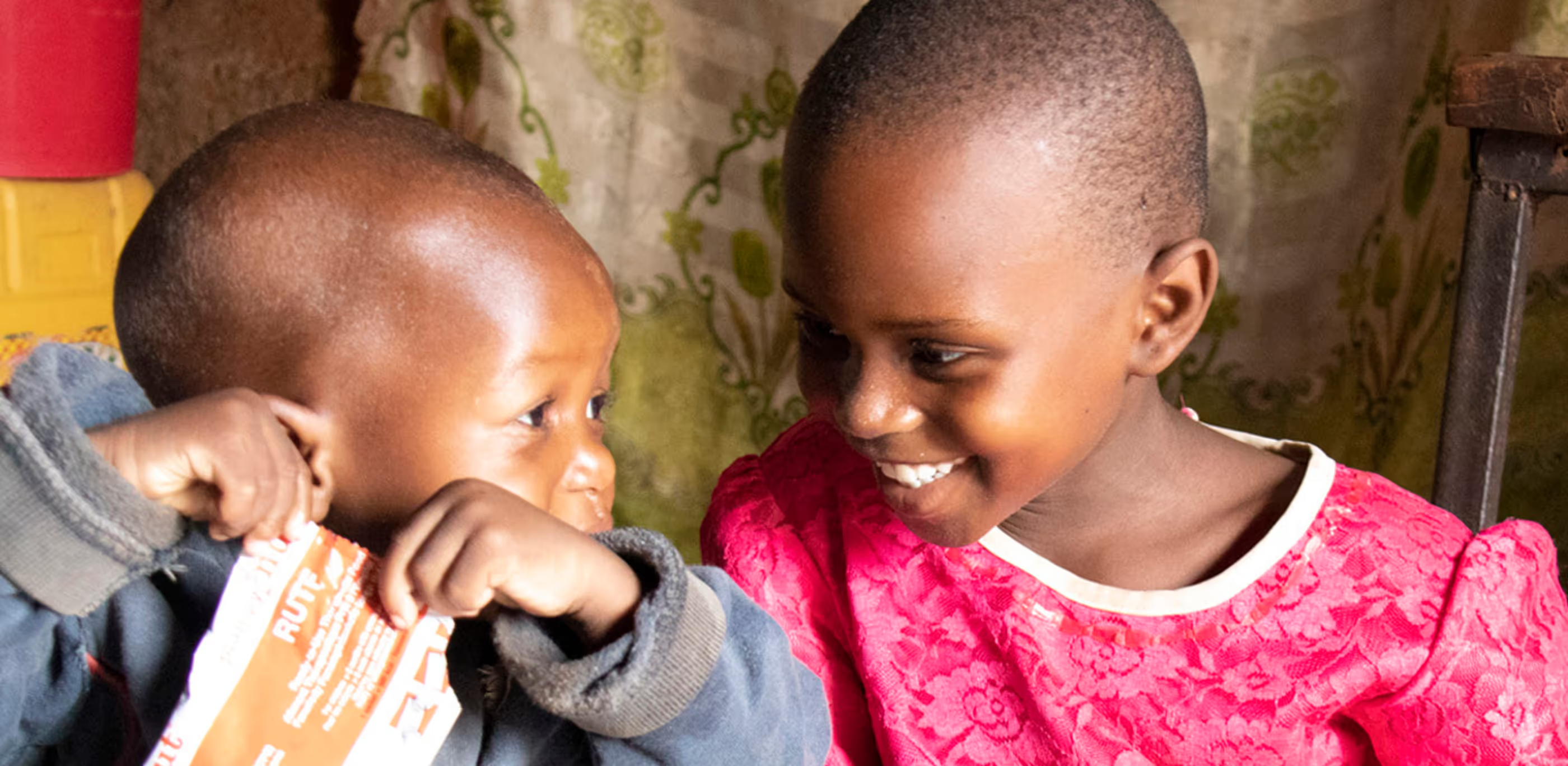9 Child Hunger Facts About Food Insecurity Around the World

Hunger and food insecurity are issues that are present around the globe and are a huge barrier for children and adults alike. In 2019 alone, nearly 1 in 10 people — that’s close to 750 million — worldwide were exposed to severe levels of food insecurity. As the COVID-19 pandemic presses on, The World Food Programme estimates that the number of people globally facing acute hunger (i.e famine) will roughly double as a result — meaning approximately 265 million people are predicted to face the most extreme form of hunger in 2020.
This is a massive challenge, but to help understand the factors of the global hunger crisis, we broke it down into 9 child hunger facts.
9 Child Hunger Facts
1. COVID-19 has exacerbated hunger threats worldwide.
The United Nations projects that COVID-19 could drive an additional 130 million people worldwide into acute hunger by the end of 2020. Studies have also shown that COVID-19-related hunger may contribute to the deaths of 10,000 children alone.
2. Poor nutrition is the cause of death for 3.1 million children under the age of five.
If we took that number and broke it down, that would be 8,500 children dying every day due to a lack of consistent access to nutritious food. If you can’t fathom the idea of a child passing away due to a preventable cause, it is currently happening on a daily basis worldwide. However, there are incredible organizations that Red Nose Day partners with that are working tirelessly to meet this need each day.
3. East Africa has one of the highest rates of undernutrition in the world.
Ninety-eight percent of world hunger exists in developing nations. Due in part to natural disasters and conflict, however, families in East Africa are some of the most highly impacted by food insecurity and child hunger. Combined with inconsistent access to healthcare, 1 in 16 children across sub-Saharan Africa will not see their fifth birthday.
4. The United Nations created a goal to end global hunger, and we are far behind.
The United Nations Sustainable Development Goals are a collection of holistic goals to help achieve a better future for all. Supported by over 190 countries, one of these goals is to achieve zero hunger by 2030. But, despite years of steady decline, recent events have set back those improvements and this goal is not currently on track to be achieved. If current trends continue, it is possible we will have surpassed 840 million people affected by hunger by that milestone year.
5. Children are more than twice as likely to be living in households in extreme poverty.
Extreme poverty is defined as living off of less than $1.90 USD a day. Approximately 380 million children face this reality daily. Families in this circumstance have to make heartbreaking decisions each day of whether or not to purchase food for their family or medical services or other basic needs.
6. International hunger impacts every other aspect of the world’s health and prosperity.
Food security is a foundational building block for every other aspect of global development and health. Lack of access to enough nutritious food means greater effects from disease, long and short-term impacts on children and their development, and less productive communities. It can even lead to economic and political instability. Without addressing world hunger, we won’t be able to meet other critical goals like quality education for all and gender equality to make the world more just and prosperous for future generations.
7. Young girls and women are especially at risk of food insecurity.
Because of educational and economic income disparities, young girls make up a high population of those who are malnourished, meaning they are experiencing serious food and nutrient deficiencies, causing immediate and long-term health problems. Women and young mothers are also heavily impacted. The health of a mother and child are intimately connected — women need more nutrients when breastfeeding and babies born to malnourished mothers are more likely to be born stunted, consequently creating effects that could last a lifetime.
8. Early access to nutritious meals = hope and opportunity.
When it comes to child hunger and food insecurity, providing healthy meals is only the beginning. When a child has access to healthy meals and other critical resources, they’re able to focus on simply being children and can succeed in the classroom and beyond.
9. By donating, you can help fill someone’s plate: with food, hope, and opportunity.
Red Nose Day’s Full Plate Project was created to address the issues of food insecurity, hunger, and its surrounding effects on children. As we work to break the cycle of food insecurity during the holiday season, a time of year that focuses on nourishment and giving, families can look forward to opportunity, hope, and sustainable change.
Child hunger is a problem we can solve, when we work together. You can make a difference in a child's life.





